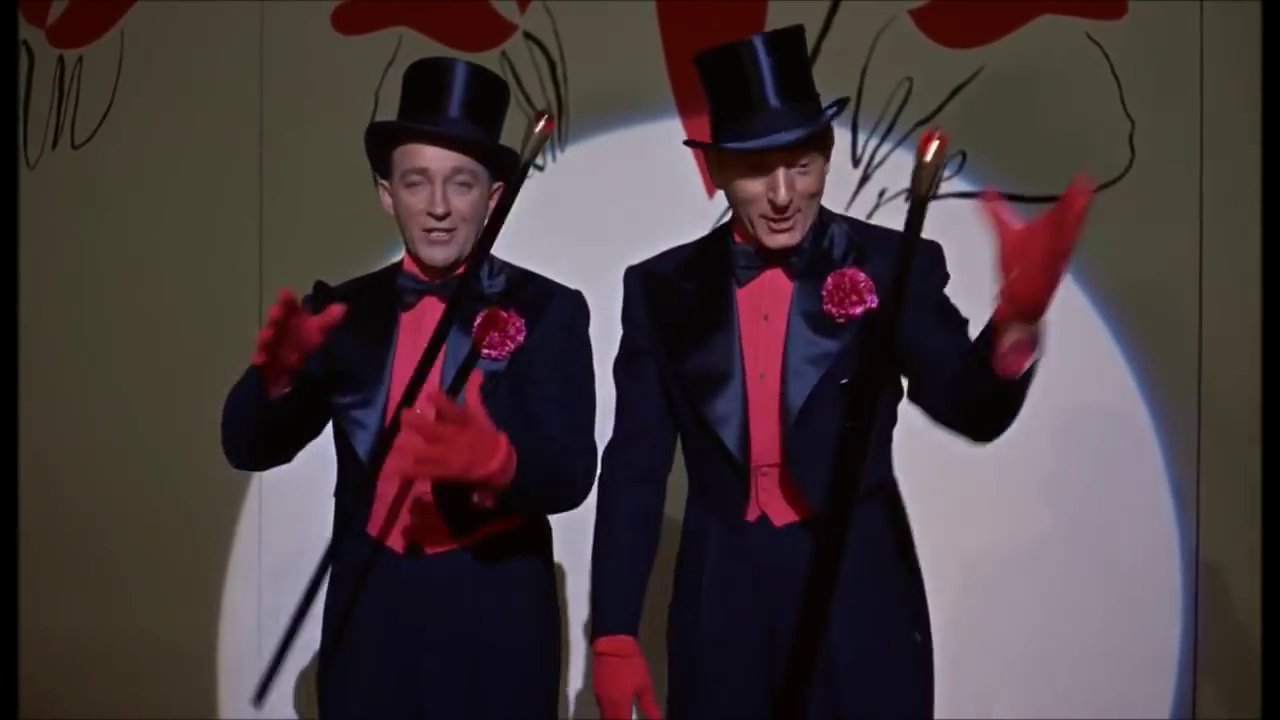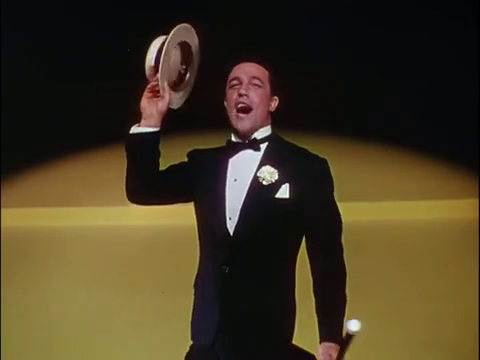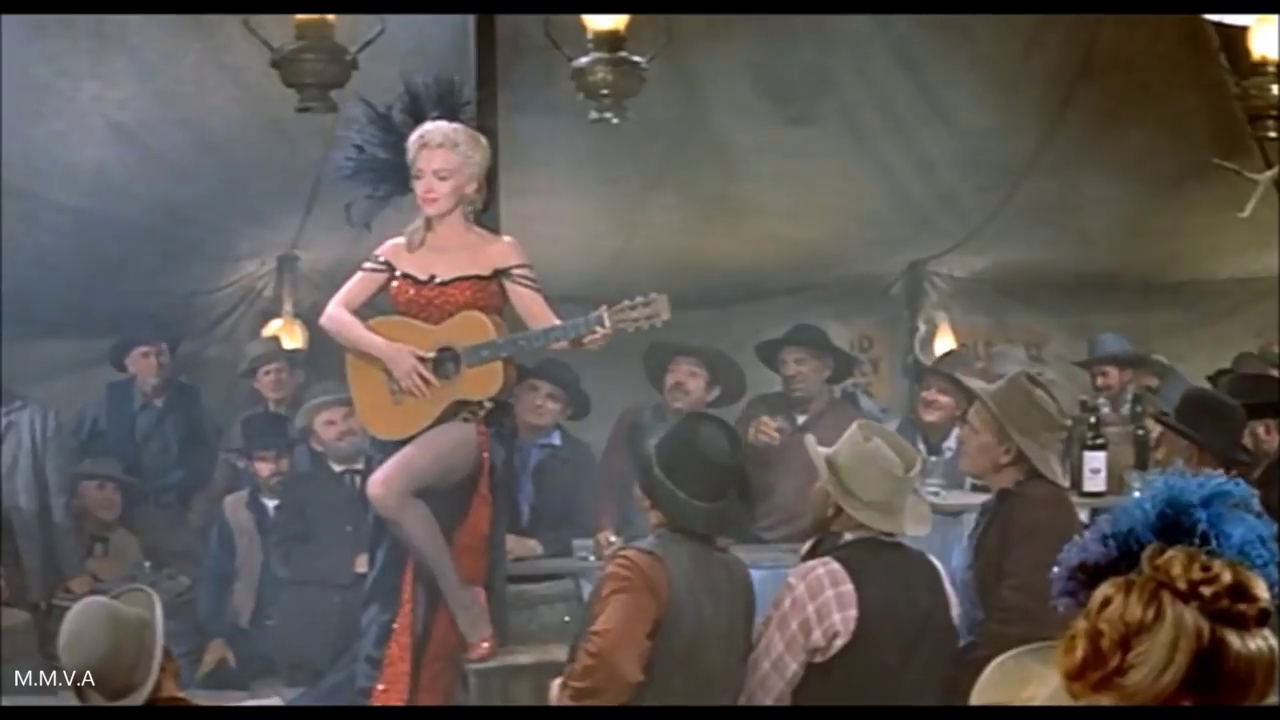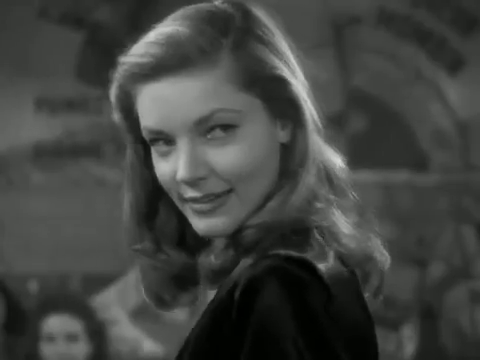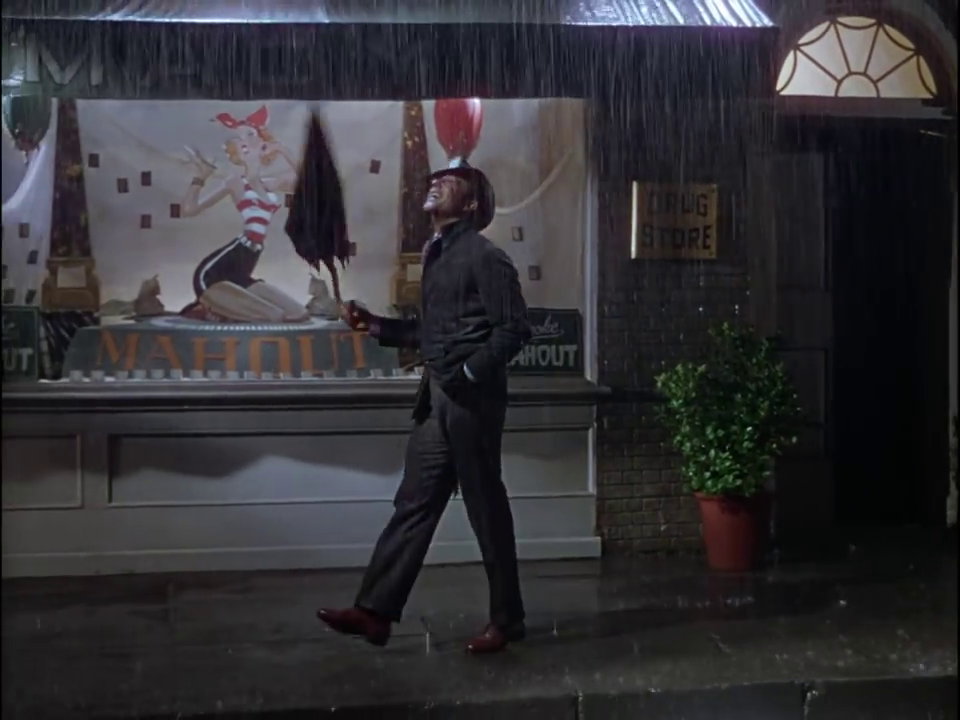Don’t Pay the Ferryman! The Katabatic Journey of the Modern Orpheus
Part I: The Isle of the Dead

One of the most important inhabitants of Hades, the threshold guardian Cerberus, is represented in the guardians of Ashcliffe in Shutter Island. Because in every threshold we see a trio guardian figure who requires you to be an authorized person or show documents as a proof of identity. First, after the ferry journey, the three guardians want Teddy to show his badge for him to be allowed on the island. After that, another trio guardian figure waits and disarms Teddy for him to enter. Lastly, guardians require him to show identification to allow him to enter the psychiatrist’s (Dr. Cawley’s) room. Apart from these, to enter Ward C, which is the place where the most dangerous criminals stay in Ashcliffe, and the Lighthouse, Teddy needed to pass the threshold guardians again and again.

The five rivers surround the realm of Hades are actually there to symbolize different emotional situations that is hard to deal with for a person: Styx/Hate, Acheron/Sorrow, Cocytus/Lamentation, Phlegeton/Fire (Anger), and Lethe/Oblivion. At the beginning of Shutter Island, Teddy seems like he goes through a trauma, even though we don’t know what happened earlier because, visually, he is in a situation that he is dead on his feet in the ferry. Especially, when he crouches down to throw up, he seems like a shade during a katabasis who cannot deal with his emotions and turns in upon himself. Unlike Teddy’s collapse, his partner Chuck, who we find out later on that is actually his psychiatrist, more likely to symbolize the Ferryman Charon than a shade with his stand which makes it look like the journey has no effect on him. Also, psychiatrists are the people who you give money to make you feel better when you are going through a trauma. Since you hope to get better you tell your deepest secrets to that person who you don’t know at all. Likewise, Charon is the person who you should never trust (since he can push you out of his ferry once he gets the coins) and who is the only person to help you through the most dangerous journey of the world. In Shutter Island, it is told in the beginning of the movie that Teddy doesn’t know Chuck from earlier and has never worked with him before but still has to trust him during the investigation as his partner. Also, all of the psychiatrists in the movie are presented as unreliable throughout the film. Once again, through the conversation between Teddy and Chuck on the ferry scene (which is about the death of his family and also which is the cause of Teddy’s biggest trauma since it repeats over and over again and causes him to turn into a shade at the end), it can be said that on the way on Shutter Island, they pass through the river of Acheron or Cocytus.
Part II: Cerberus and the Barque of Charon

One of the most important inhabitants of Hades, the threshold guardian Cerberus, is represented with the guardians of Ashcliffe in Shutter Island. Because in every threshold we see a trio guardian figure who requires you to you to be an authorized person or show documents as a proof to go in. First, after the ferry journey, the three guardians want Teddy to show his badge for him to be allowed to step in the island. After that, another trio guardian figure waits and disarms Teddy for him to enter. Lastly, guardians require him to show identification to allow him to enter the Dr. Cawley, psychiatrist, ’s room. Apart from these, to enter the Ward C, which is the place where the most dangerous criminals stays in Ashcliffe, and the Lighthouse Teddy needed to pass the threshold guardians again and again.

The five rivers that surround the realm of Hades symbolize different emotional situations that are hard to deal with: Styx/Hate, Acheron/Sorrow, Cocytus/Lamentation, Phlegeton/Fire (Anger), and Lethe/Oblivion. At the beginning of Shutter Island, Teddy seems as though he goes through a trauma, even though we don’t know what happened earlier because, visually, he is in a situation where he is dead on his feet in the ferry. Especially, when he crouches down to throw up, he seems like a shade during a katabasis who cannot deal with his emotions and turns in upon himself. Unlike Teddy, his partner Chuck, who we find out later on is actually his psychiatrist, is more likely to symbolize the Ferryman Charon than a shade with his stand which makes it look like the journey has no effect on him. Also, psychiatrists are the people who you give money to make you feel better when you are going through a trauma. Since you hope to get better, you tell your deepest secrets to that person who you don’t know at all. Likewise, Charon is the person who you should never trust (since he can push you out of his ferry once he gets the coins) and who is the only person to help you through the most dangerous journey of the world. In Shutter Island, we are told in the beginning of the movie that Teddy doesn’t know Chuck from earlier and has never worked with him before but still has to trust him during the investigation as his partner. Also, all of the psychiatrists in the movie are presented as unreliable throughout the film. Once again, through the conversation between Teddy and Chuck on the ferry scene (which is about the death of his family, which is the cause of Teddy’s biggest trauma since it repeats over and over again and causes him to turn into a shade at the end), it can be said that on the way on Shutter Island, they pass through the river of Acheron or Cocytus.
Part III: The River of Phlegethon

Even though he seems as though he has gotten over the death of his wife, since he could easily talk about it in the ferry, he actually cannot deal with the problem. Because he (also we, as the audience) finds out that his name is not Teddy Daniels but actually Andrew Laeddis, whom he believed to be the arsonist that caused his wife to die. Teddy Daniels is the persona he invented to not face reality. But it should be seen as normal for him show weakness, running away from his trauma instead of facing it, since he is just a human and not a god. At least, by stepping inside that ferry and starting his katabatic journey, he takes a plunge for finding his lost-self since he also mentions his intention of coming to Shutter Island was to find Andrew Laeddis (his lost-self). As a soldier, Andrew has been in one of the concentration camps in Dachao and the violence he witnessed there (another trauma) causes him to have the anger management problem which is represented by him being seen among the flames when he is hallucinating/dreaming, in other words when he is lost in the river of Phlegeton. Also, he is very connected with starting a fire. He is the one who set Dr. Cawley’s car on fire, and he keeps saying that Andrew Laeddis, who he believes/sees as the killer of his wife but who is actually his own personality, is a firebug. I think, the reason for this connection is, even though Dolores, his wife, was the one who started the fire, he sees himself as the one who fans the flame. Since he didn’t accept that Dolores was mentally ill and didn’t have her illness treated, he suffers pangs of conscience for her drowning their kids in the river and also for killing Dolores when he sees what she did.
Part IV: The Loss of Eurydice

Andrew gets around the guardians easily to enter the Ward C (which is another Hades in itself). Since Chuck (who is actually Dr. Sheehan) gave him the hint that it would be easier to go there if Andrew makes an uproar and dresses like a nurse to confuse the guardians, he represents Hermes, the god who helps the heroes who make a katabatic journey. Another reason could be that the ones who learn to hold their emotions in check are able to evade Cerberus. In that sense, Teddy seems like he makes progress in finding his lost self Andrew Laeddis, since it is the reason for him to go to Ward C. Even though he cannot find what he was looking for yet, the dialogue between him and one of the prisoners makes us think about the story of Orpheus and Eurydice (apart from the dream sequence between him and Dolores hugging each other, which ends with Dolores turning into ashes/shade in his arms.) The prisoner George Noyce tells Teddy/Andrew to forget about Dolores since she is already dead and that he should move on. Also, Noyce warns him about the consequences if he doesn’t do so: “You will die, and will never get out of here” (which means becoming a shade and staying in the realm of Hades forever). However, even though he still refuses to face the reality at that point, he finds out some information about the Lighthouse when he strikes the match (fire = information on the Greek Myths) which is another place that will turn into a quest of finding his lost-self. (Likewise, on the way to the Lighthouse, he descends into a cave and meets the woman who he believes to be Rachel Solando, and he gets more information about the Lighthouse while they are sitting at the fire.) However, it is not the only reason for him to go to the Lighthouse. He also thinks his partner Chuck (Dr. Sheehan) is captured in the Lighthouse and rescuing him is the excuse of his Teddy persona for going there, just as it was his excuse for going to Ashcliffe in the beginning to find and reveal the matters that are hushed up. All these things help us to see him as the hero, which is another reason to make this journey a katabatic one. And finally, when he gets into the Lighthouse after several handicaps, the journey of the hero is completed. He finds Dr Cawley inside the Lighthouse, who is the symbolic Hades (the god) of the island, since he is the one who holds the reins of power there. And finally, he achieves the knowledge sought, he remembers and finds his lost-self. I don’t think it is a coincidence that he achieves the ultimate knowledge in the Lighthouse, the source of fire, the house of the knowledge…
Part V: Hades Abducts Persephone

After Teddy/Andrew’s enlightenment about who he is, he learns something more about himself, which is that he is in a loop and the same memory loss happens over and over again since he came to Ashcliffe two years ago. Because he doesn’t face the reality of what happened in Dachao, how his wife killed their children and how he killed her, just as Orpheus refuses to face the reality of Eurydice’s death, he keeps passing over Lethe and forgets the reality and keeps living in his fictional identity. Therefore, we see him taken to the Lighthouse one last time to be lobotomized and turned into a shade (“living-dead”), staying in Hades forever. However, I think, the hint that he would be a lost shade is given earlier too. When Hades kidnapped Persephone, she couldn’t go back to the Earth from her own Katabasis, since she ate a pomegranate seed in the realm of Hades (there is no going back, if one eats anything there). Likewise, Shutter Island draws attention to eating several times throughout the movie. Andrew keeps taking the pills given to him and accepting cigarettes from whoever offers. And when he finds out the knowledge that he shouldn’t have eaten or drink anything, they give to him from the woman in the cave, the damage is done and it’s too late. In life, the bad things always happen unexpectedly like Persephone being kidnapped by Hades while she was picking flowers or seeing your kids dead when you return home from a regular work day. In conclusion, Shutter Island displays what happens to us if we lose our ability to control our emotions–such as anger, sadness, regret, or hate–in such traumatic situations through Teddy/Andrew’s katabatic journey, making the audience think about the importance of memory in the creating of identity.
Bibliography
- “Holtsmark, E., B. (2001). “The Katabasis Theme in Modern Cinema.” In (Ed. Martin M. Winkler) Classical Myth and Culture in the Cinema. New York: Oxford UP, (pp. 25-27).
- Metz, W., C. (2012). “Adapting Dachau: Intertextuality and Martin Scorsese’s Shutter Island.” In Adaptation of History: Essays on Ways of Telling the Past (pp. 42-54)
- Myers, C. (2012). “Scapegoats and redemption on Shutter Island.” Journal of Religion & Film. 16 (1).
- Sánchez-Escalonilla, A. (2005). “The Hero as a Visitor in Hell: The Descent into Death in Film Structure.” Journal of Popular Film and Television, 32 (4), (pp. 150-151).
- Tuncel, E. (2015). “A Descent Into The North: The Katabatic Journey of Brandon Stark.” Diegesis Journal (p. 1).






















